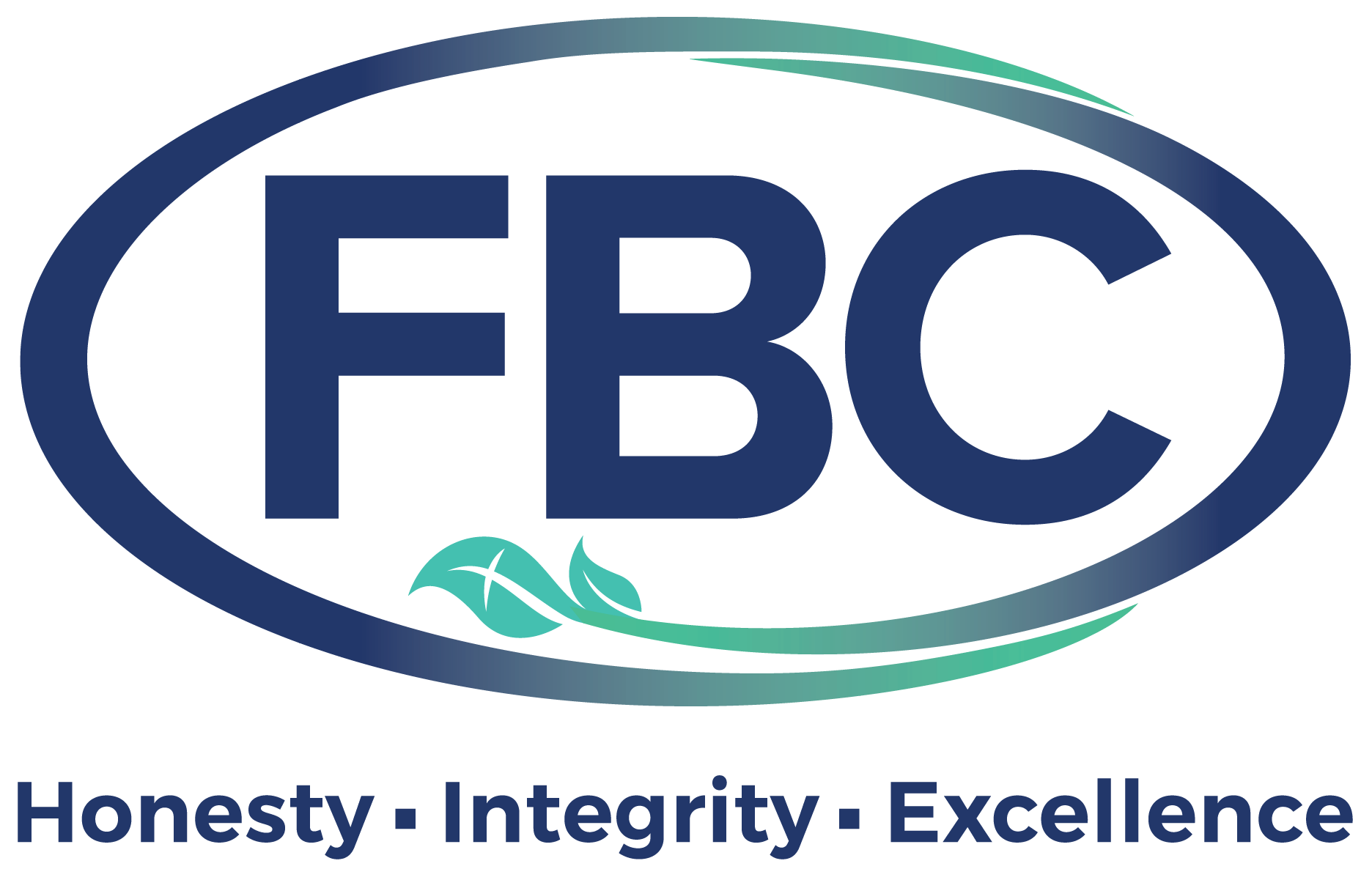FMLA Guidelines are essential. They ensure employees can take time off for medical or family-related reasons without fear of losing their jobs!
What if your company unintentionally mishandled an FMLA request? That could result in a lawsuit or compliance fine. This creates unnecessary stress for HR teams and financial risk for the business. Unfortunately, these situations occur more often than many HR professionals realize.
Managing FMLA compliance manually is challenging. HR teams track intermittent leave and calculate eligibility based on complex requirements. They must ensure all necessary paperwork is completed accurately and on time. The sheer volume of administrative work increases the likelihood of errors!
Fortunately, automated solutions make leave management easier. They provide a reliable way to manage leave requests while keeping your company in compliance. These tools help HR track leave, send notifications, and keep records, reducing mistakes and saving time. This makes the entire process more efficient and less prone to mistakes.
Interested? Read on.
Understanding FMLA Guidelines and Compliance Challenges
What Is FMLA and Who Does It Cover?
The Family and Medical Leave Act (FMLA) is a federal law. It requires some employers to offer up to 12 weeks of unpaid, job-protected leave each year for medical or family reasons. It applies to companies with at least 50 employees within a 75-mile radius. Employees qualify if they have worked at least 12 months and logged 1,250 hours in the past year.
Common reasons for FMLA leave include:
- Recovering from a serious health condition.
- Caring for an immediate family member with a serious health issue.
- Welcoming a new child through birth, adoption, or foster care.
- Handling qualifying situations related to a family member’s military service.
Understanding and following these guidelines is crucial to ensuring compliance. It protects both employees and the company from legal risks.
Common Compliance Pitfalls in FMLA Management
HR teams often face challenges such as:
- Tracking intermittent leave – Employees may take short, scattered time off, making it hard to keep track manually.
- Checking employee eligibility – HR must confirm if an employee has worked enough hours to qualify.
- Meeting documentation deadlines – Legal notices should be sent on time to avoid penalties.
- Managing compliance in different states – Companies must follow federal and state laws.
How Automated Solutions Simplify FMLA Compliance
1. Automating Leave Tracking and Eligibility Calculations
Keeping up with employee leave manually can lead to miscalculations and compliance risks. Automated leave management systems improve accuracy by:
- Tracking leave usage in real-time, whether continuous or intermittent.
- Automatically verifying employee eligibility, considering employment history, and work hours.
- Sending alerts when employees approach their leave limits, helping HR stay proactive.
Some companies struggle to track intermittent leave manually. This can lead to confusion and compliance issues. Upon adopting automated systems, they reduce tracking errors and improve transparency. With automation, what once caused confusion now runs like clockwork. It’s accurate, transparent, and compliant.
2. Ensuring Proper Documentation and Notifications
FMLA compliance requires that employees receive the correct notices at the right time. Missing a deadline or misplacing a document can lead to penalties. Automated systems help by:
- Automatically generating and sending required FMLA notices within legal deadlines.
- Providing employees with electronic access to their leave status and required forms.
- Maintaining a clear audit trail for compliance purposes.
With automation, HR teams can ensure that no critical steps are overlooked. That reduces the risk of legal disputes and compliance failures.
3. Integrating FMLA Leave with Payroll and Benefits
FMLA leave impacts payroll and benefits administration. It is, therefore, crucial to align these processes. Automated solutions simplify coordination by:
- Syncing leave records with payroll systems to prevent pay errors.
- Ensuring unpaid leave is processed correctly, avoiding overpayments or misclassifications.
- Coordinating FMLA leave with short-term disability benefits, ensuring seamless benefit management.
Many employers experience payroll errors due to misclassified FMLA leave. After integrating automated leave systems, payroll discrepancies generally drop by as much as 90%. HR would save hours of manual adjustments each month!
4. Improving Compliance with Real-Time Reporting
FMLA regulations require businesses to maintain detailed records and be prepared for audits. Automated solutions enhance compliance by:
- Generating reports that track leave trends and risks.
- Maintaining a comprehensive leave history for internal reviews and external audits.
- Allowing instant access to records to quickly resolve any disputes.
With real-time reporting, HR teams can stay ahead of compliance requirements. They can make data-driven decisions to improve leave management.
Overcoming HR Challenges with Technology
Multi-State Compliance Management
Managing leave compliance is even more complex for businesses with employees across multiple states. Some states have additional leave requirements beyond FMLA. Automated tools help by:
- Customizing leave policies based on federal and state-specific laws.
- Providing automatic updates when laws change, keeping HR teams informed.
- Ensuring consistent leave management practices across all locations.
For example, a company with employees in both California and Texas could have difficulty keeping up with different state leave laws. They take steps to automate their leave management process. They get to enjoy a reduction in compliance errors and improved employee satisfaction!
Coordinating Multiple Leave Policies
Many companies offer additional leave benefits alongside FMLA. These could include paid parental leave or short-term disability. Managing multiple policies manually can cause confusion. Automated systems help by:
- Tracking different leave entitlements simultaneously to prevent miscalculations.
- Providing employees with clear information on their available leave options.
- Reducing overuse or underuse of benefits through real-time leave balance tracking.
Imagine a company that struggles to align short-term disability benefits with FMLA leave. This would lead to payroll issues and employee dissatisfaction. After switching to an automated system, employees could see their leave balances instantly. This would reduce HR questions by 60% and increase trust!
Key Points
- FMLA Guidelines ensure job-protected leave for eligible employees but require strict compliance.
- Managing leave manually increases the risk of errors, legal disputes, and compliance fines.
- Automated solutions improve accuracy. They track leave, manage documentation, and ensure compliance with regulations.
- HR teams benefit from automation through reduced administrative workload and improved payroll accuracy.
- Multi-state employers can streamline compliance with automated state-specific updates and customized leave policies.
- Coordinating multiple leave types is easier with automation. This prevents confusion and improves employee satisfaction.
Managing FMLA leave doesn’t have to be stressful. At FBC, we help businesses implement automated HR solutions that make leave management simple and compliant. Let us help you navigate FMLA with confidence.

